Are you looking for a simple way to switch on and off the lights without getting out of your cozy bed? Remote control lighting can be an easy solution. Solar light remote control has many advantages and benefits, from providing convenience to saving energy. With solar light remote control, you can enjoy the convenience of remotely controlling all your outdoor or indoor lights with just one device – whether it’s in your home, business, or other space.
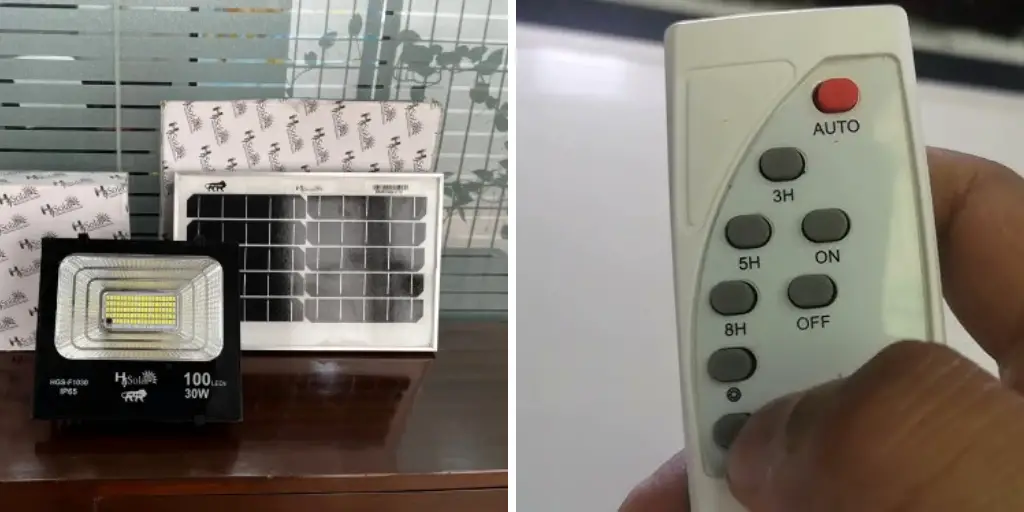
In this blog post, we’ll explain how to use solar light remote control and how you can benefit from using it. We’ll also look at some tips that will help make setting up solar-powered lighting easier. So if you are interested in doing something good for the environment while enjoying increased convenience in controlling your lighting sources then keep reading!
Step-by-step Guidelines on How to Use Solar Light Remote Control
Step 1: Read the Instruction Manual
The first step in using a solar light remote control is to read the instruction manual. The manual contains crucial information about how to use and set up your device, including safety instructions. Reading the manual will help you understand all the features of your solar light remote control, such as brightness levels and timer settings so that you can use it efficiently. Be sure to read the manual carefully before moving on to the next step.
Step 2: Install Batteries
After reading the instruction manual, your next step is to install batteries in both the solar light remote control device and your lights. Make sure you are using the correct type of batteries as mentioned in the manual. Once installed, make sure they are working by pressing the power button on the remote control.
Step 3: Connect your Lights to the Remote Control
Once you have installed batteries, it’s time to connect your lights to the remote control. This step may vary depending on the type of solar light you are using. Some lights come with a receiver that needs to be connected to each light, while others have a built-in receiver that can be activated with a switch. Make sure to follow the instructions carefully to connect your lights correctly.
Step 4: Test the Remote Control
After you have connected your lights, it’s time to test the remote control. Point the remote towards the solar lights and press the power button. If all goes well, your lights should turn on or off. If they don’t, try replacing the batteries or re-checking the connections. Make sure to test all the other functions of the remote control, such as the brightness levels and timer settings.
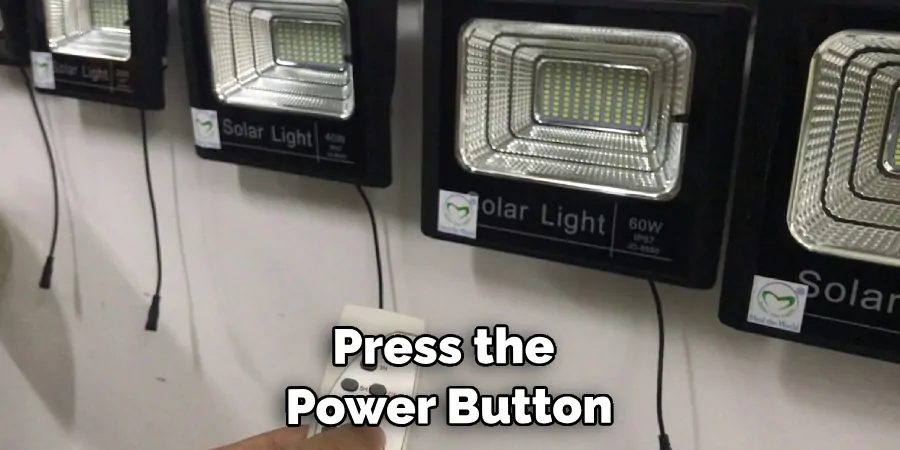
Following these four simple steps will help you use your solar light remote control efficiently, and enjoy the added convenience it provides. Now let’s take a look at some benefits of using solar light remote control.
Additional Tips and Tricks to Use Solar Light Remote Control
1. Place the solar light remote control in a location where it can receive direct sunlight for optimal charging. Avoid placing the solar panel in shaded areas or near other light sources, as it may affect the sensitivity of the remote control.
2. Keep the solar light remote control within a reasonable distance from the solar light itself. Typically, this distance is around 10-15 feet and may vary depending on the specific model of your solar light.
3. To conserve energy and prolong battery life, turn off the solar light remote control when not in use. This will also prevent accidental activation and unnecessary battery drain.
4. If you experience any issues with your solar light remote control, try replacing the batteries first. Low battery levels can cause the remote to malfunction or be unresponsive.
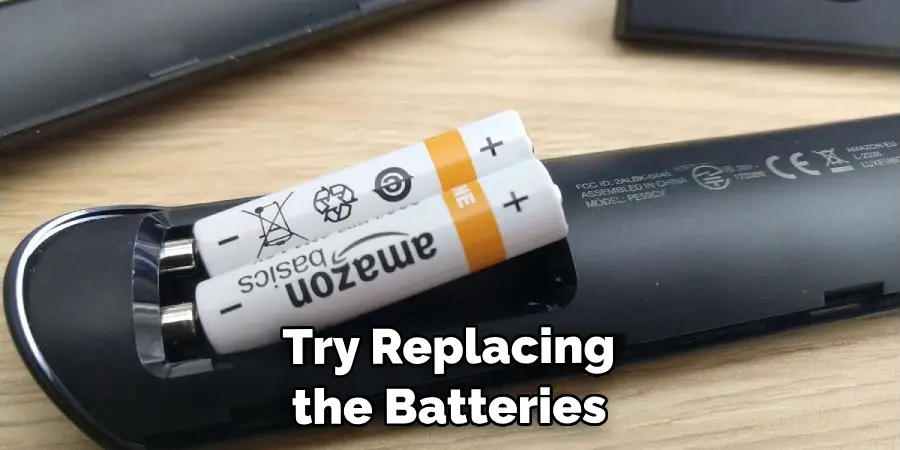
5. When using multiple solar lights with remotes, make sure each remote is synced to control its corresponding light. This will prevent interference and ensure that each remote controls the intended light.
6. Keep the solar light remote control clean and dry at all times. Wipe it down with a damp cloth as needed, especially if it becomes dusty or dirty.
7. If you are using solar light in an area with extreme temperatures or harsh weather conditions, consider using a protective cover for the remote control to prevent damage.
8. Familiarize yourself with the different buttons and functions of your solar light remote control. This will help you use it more efficiently and troubleshoot any issues that may arise.
9. In case of difficulty operating the solar light or the remote control, refer to the instruction manual or contact the manufacturer for assistance.
10. Remember to always handle the solar light remote control with care and store it in a safe place when not in use. This will help prolong its lifespan and ensure trouble-free operation for years to come.
Following these tips and tricks will help you make the most out of your solar light remote control and ensure a hassle-free experience. With proper care and usage, your solar light remote control can provide convenient and eco-friendly lighting for your outdoor space. So, don’t hesitate to use these tips to enhance your solar light remote control experience. Keep exploring more possibilities with solar energy! Happy lighting!
Precautions Need to Be Followed for Using Solar L Right Remote Control
1. First and foremost, make sure that the solar light remote control is fully charged before using it. This will ensure that you have a longer working time without any interruptions.
2. Always keep the solar light remote control away from water or any other liquid substance. Water can damage the internal components of the remote and render it unusable.
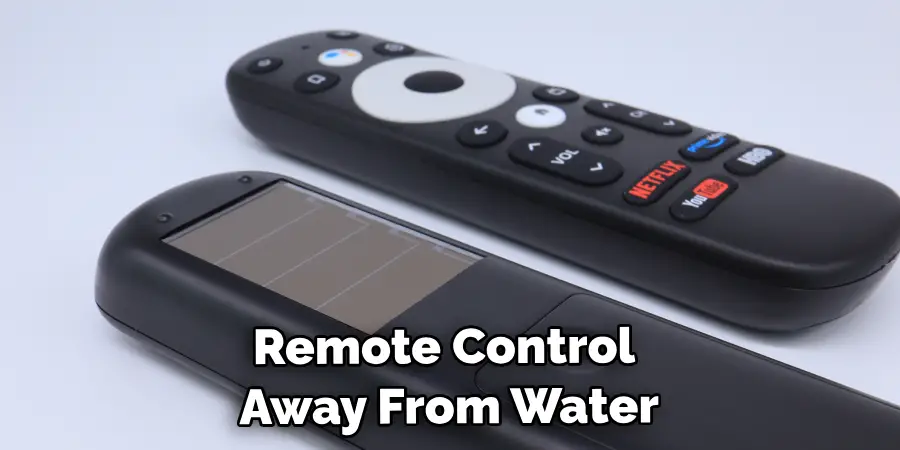
3. Do not expose the solar light remote control to extreme temperatures, both hot and cold. This can also damage the internal components and affect their functionality.
4. It is important to handle the solar light remote control with care, avoiding any drops or impacts that could cause damage.
5. Keep the solar light remote control away from direct sunlight when not in use, as prolonged exposure can affect its battery life.
6. If the solar light remote control is not working properly, do not attempt to open or repair it yourself. Instead, contact the manufacturer for assistance.
7. Always read the user manual carefully before using the solar light remote control to ensure that you are using it correctly and safely.
8. Keep the solar light remote control out of reach of children and pets to avoid any accidents or damage.
Following these precautions will help ensure the safe and effective use of your solar light remote control, allowing you to easily control your outdoor lights with ease. Enjoy the convenience and sustainability of solar lighting technology with proper care and usage of the remote control. Let’s all do our part in reducing our carbon footprint by using renewable energy sources like solar power. Together, we can make a positive impact on the environment. Happy lighting!
Frequently Asked Questions
What is a Solar Light Remote Control and How Does It Work?
A solar light remote control is a device used to operate solar lights from a distance, without the need to physically reach the light itself. It works by sending signals through radio frequency or infrared technology to the receiver on the solar light, which then activates or adjusts its settings accordingly. This allows for convenient and easy control of solar lights, especially when they are installed in hard-to-reach areas.
What Are the Benefits of Using a Solar Light Remote Control?
There are several benefits to using a solar light remote control. Firstly, it offers convenience by eliminating the need to manually turn on and adjust solar lights. This is especially useful for outdoor lights that may be located in high or difficult-to-reach areas.
Secondly, it allows for precise control over the settings of the solar light, such as brightness levels and motion sensor sensitivity, which can help conserve energy and extend the life of the light. Additionally, solar light remote controls often come with multiple channels or zones, allowing for control over multiple lights at once.
How Do I Set Up a Solar Light Remote Control?
Setting up a solar light remote control is usually a simple process. The first step is to ensure that the remote control and receiver of the solar light are on the same frequency.
This can usually be done by following the instructions provided with the remote control and solar light. Once they are synced, the remote control should be able to send signals to the solar light. Some remote controls may also require batteries to be inserted before use.
Are There Different Types of Solar Light Remote Controls?
Yes, there are different types of solar light remote controls available on the market. Some use radio frequency technology, while others use infrared technology. The range and capabilities of each type may vary, so it is important to choose one that suits your specific needs. Additionally, some remote controls may have more advanced features such as timers or programmed settings for added convenience.
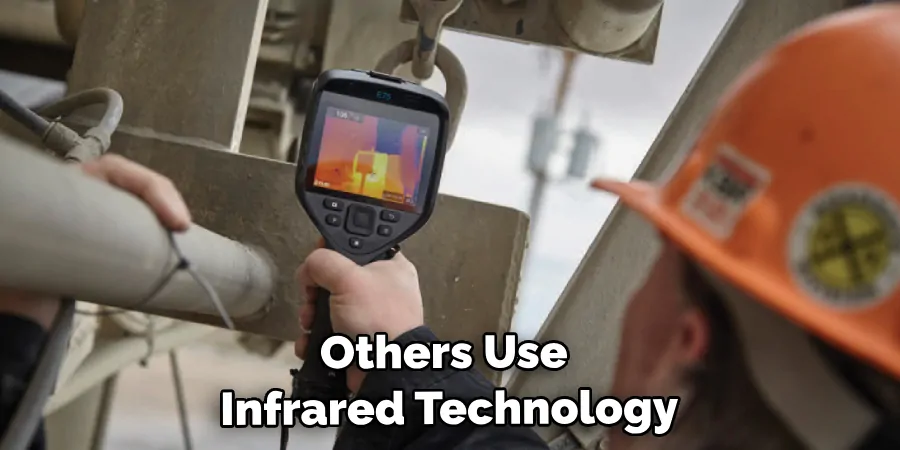
Conclusion
Now you know how to use solar light remote control, its benefits, and the different types available. With a solar light remote control, you can easily operate and customize your solar lights for optimal use. Whether it’s for convenience or energy conservation purposes, using a solar light remote control can greatly enhance your experience with solar lighting. So why not give it a try and see the difference it can make in your outdoor lighting setup? Happy controlling!

